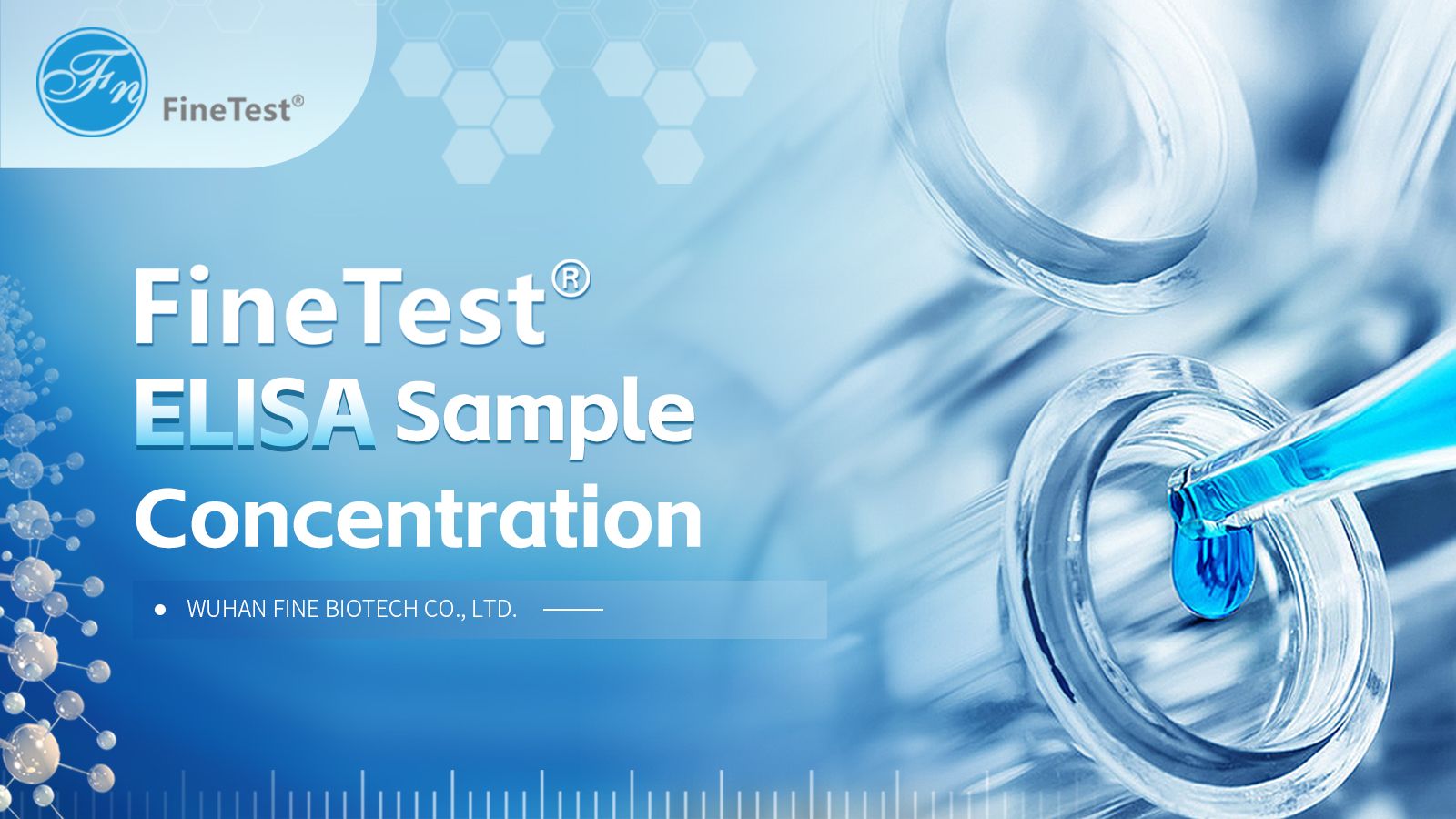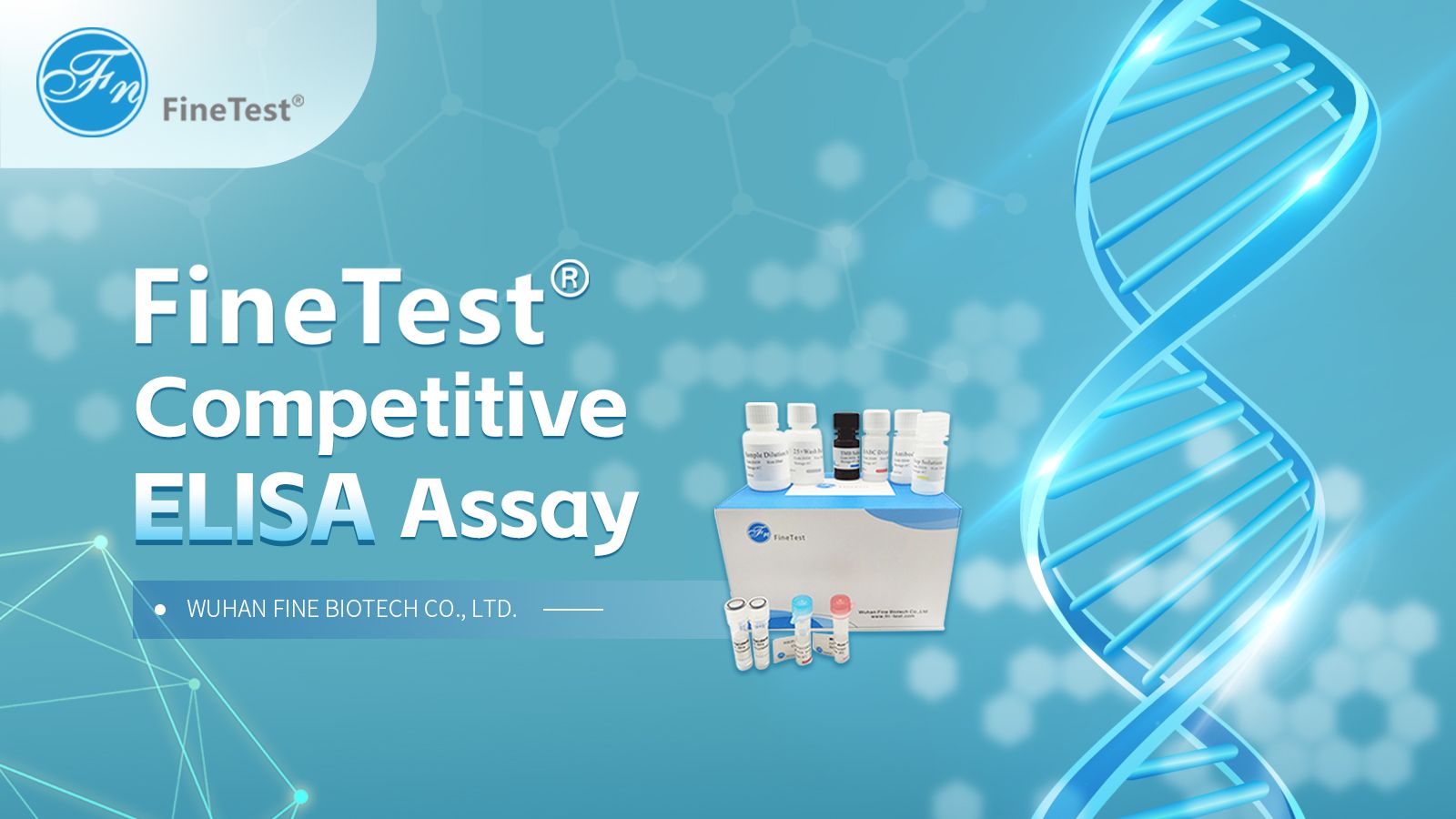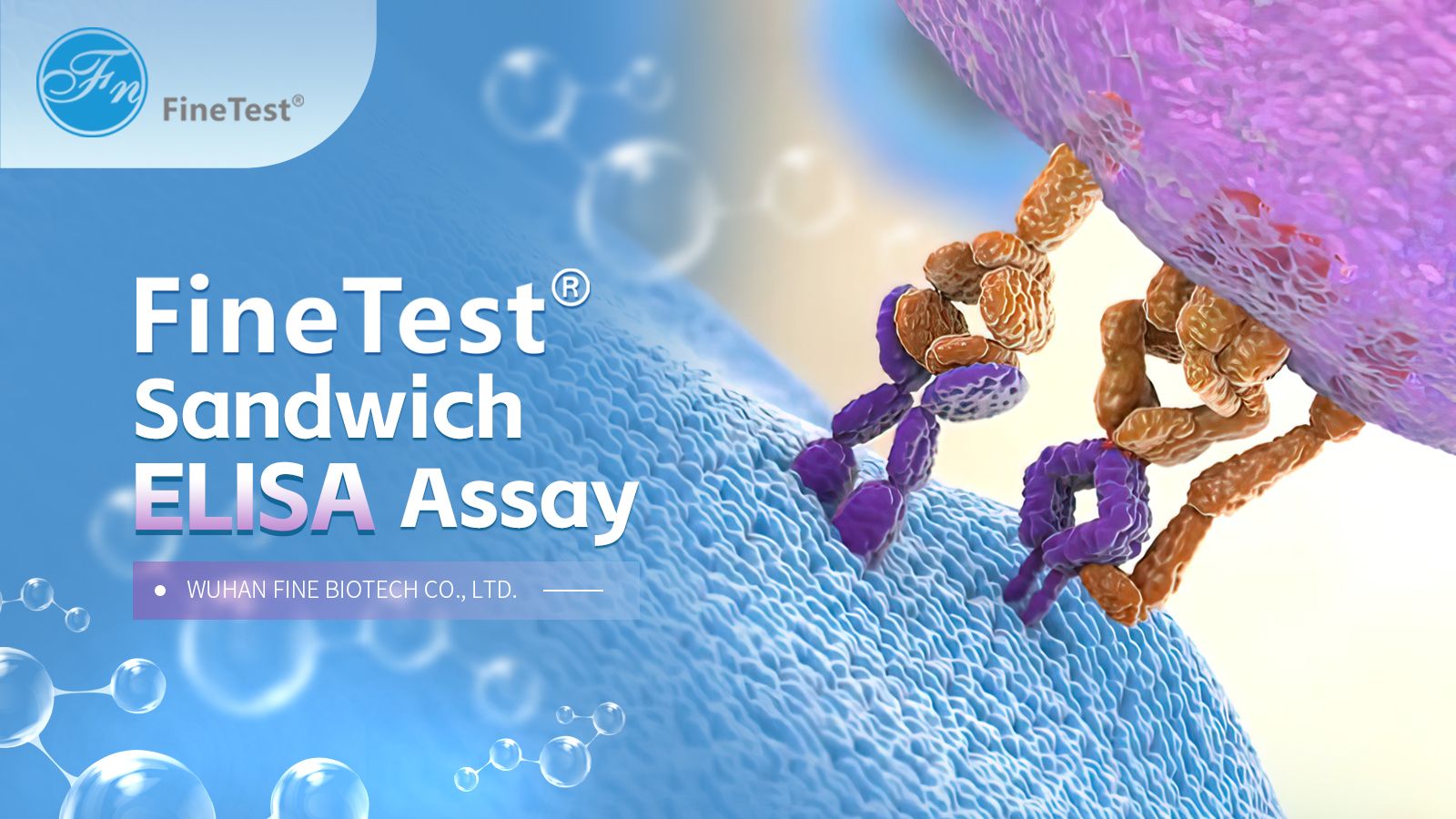1. Customers’ Requirements: Targets and samples are detection antibodies, antigens or others. Sample quantity is required for confirming ELISA kit quantity;
2. Technical Evaluation: Check in-stock raw material and confirm whether the kit can be developed. If applicable, discuss details during development;
3. Inform customers of the quotation and development cycle. Sign the contract without any mistake;
4. Initiate the project and production process;
5. Customers check the developed kit upon receipt. Technical staffs discuss with customers about the kit.
Product Development Cycle
1. In-stock raw material for the specific target is available:
(1) Perform antibody pairing and test. Besides, establish the standard curve;
(2) Optimize condition parameter of ELISA kit, confirm detection range and evaluate stability;
(3) Detect sensitivity, accuracy, precision and sample.
2. Raw material for the specific target is unavailable:
(1) Choose proper immunogen, peptide synthesis and prokaryotic/eukaryotic expression system;
(2) Choose animals for immunization(mouse or rabbit) and anti-serum detection. Choose better immunized animals to prepare polyclonal or monoclonal antibodies;
(3) Monoclonal antibody screening: screen the positive clone which can specifically recognize antigen and endogenous sample respectively;
(4) Detect antibody pairing, and establish standard curve;
(5) Optimize condition parameter of ELISA kit, confirm detection range and evaluate stability;
(6) Finally, detect sensitivity, accuracy, precision and sample.



